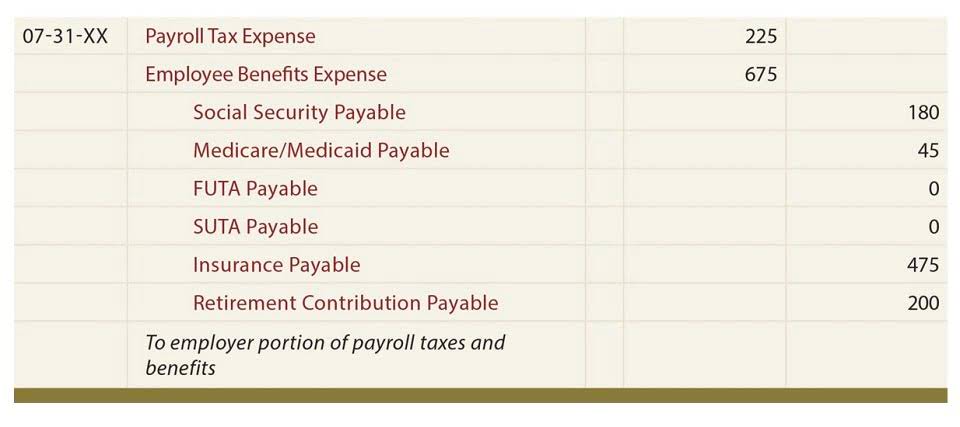
Check out our detailed blog post on how to calculate the cost of goods sold. It is most common to use the number of days in the year (365); however, quarters, months, or weeks can also be used in the calculation. Since we are looking at annual figures in our example, we will use 365 days. The denominator of the quotient is the number of variables in the numerator.
Days Sales of Inventory (DSI) Formula and Calculation
Leveraging the information that these ratios provide allows you to make more informed decisions in the future. Days Sales in Inventory (DSI) calculates the number of days it takes a company on average to convert its inventory into revenue. It’s also important to consider seasonal fluctuations and product demand, and to use DSI figures alongside other calculations when doing important business analysis. Reach out to our sales team to request a demo and see how you can optimize operations, manage all your sales channels, and more with our flexible, powerful, and enjoyable cloud inventory software solution. It is dependent on the measurement period and when the financial statements were prepared.
- This is typically done by taking the sum of the beginning and ending inventory levels and dividing by two.
- Low turnover and high days sales of inventory figures usually indicate something needs to change.
- On top of all of this, one of the biggest factors of importance is that the longer a company keeps inventory, the longer it won’t have access to its cash equivalent.
- The technology not only speeds up payroll processing but also allows you to manage all other activities such as overtime, benefits, bonuses, training programs, and much more.
Why is DSI Important for your business?
This forecasting is critical for maintaining adequate cash reserves to sustain operations and avoid liquidity crunches. Conversely, a lower inventory turnover could mean that there is an excess inventory https://www.bookstime.com/ on hand. This is different from DSI because a lower DSI is preferred to a higher DSI. Inventory turnover can be calculated by dividing a companies’ cost of goods sold by its average inventory.

What is a Good DSI Ratio?

A high DSI ratio may indicate that the company is holding too much inventory or that sales are slowing down, while a low DSI ratio may indicate that the company is not stocking enough inventory to meet demand. The first step in calculating DSI ratio is to determine the average inventory level during the period for which you want to calculate the ratio. This is typically done by taking the sum of the beginning and ending inventory levels and dividing by two. Days sales in inventory (aka DSI) is a financial metric that reveals the average number of days it takes your business to convert inventory into sales. The days sales in inventory (DSI) is a specific financial metric that’s used to help track inventory and monitor company sales. Knowing how to calculate DIS and interpret the information can help provide insights into the sales and growth of a company.
Mathematically speaking, the number of days in a period are calculated using 365 for a year and 90 for a quarter. It’s important to note that some companies will use 360 days versus 365 days. A distributed warehouse network lets you position client inventory closer to customers, allowing for shorter shipping times, quicker inventory dsi accounting turnover, and a lower DSI. Consider using the following strategies to streamline inventory management further. Monitoring this metric closely helps you react quickly to minimize stockouts or overstocking and the financial consequences they bring. This means it takes your business, on average, 73 days to sell its entire inventory.

This can improve forecasting and decision-making to optimize your inventory turnover. In order to manufacture a product that’s sellable, companies need to acquire raw materials as well as other resources. Obtaining all of this helps to form and develop the inventory they have, but it comes at a cost. Plus, there are always going to be costs linked to manufacturing the product that uses the inventory. Comparing a company’s DSI relative to that of comparable companies can offer useful insights into the company’s inventory management.
When analyzing DSI, it is important to compare it to days sales in inventory of similar firms because on its own, it provides very little information. Conversely, a company in the manufacturing industry might experience a decrease in sales during economic downturns, which can decrease its DSI ratio. These factors can skew the DSI ratio and make it difficult to compare companies across different seasons or industries. Conversely, if a business has a low DSI ratio, they may be able to increase prices and still maintain the appropriate inventory levels. While not specifically related to inventory management, it is worth noting that the amount of inventory a company holds can impact its current ratio. If a company has too much inventory, it may struggle to pay its short-term liabilities.
- For example, a company might calculate its DSI ratio on a rolling 12-month basis to account for seasonal fluctuations.
- However, low sales reflect wastage of goods, inventory turning obsolete, or damaged in the warehouse.
- This information can help businesses adjust production and purchasing to match demand.
- Therefore, we divide the numerator by 2 to get an average inventory of $5.74 billion for the year 2021.
- Therefore, it is important to compare the value among the same sector peer companies.
- In addition, goods that are considered a “work in progress” (WIP) are included in the inventory for calculation purposes.
Everything to Run Your Business
The DSI ratio calculates the average number of days it takes for a company to sell its inventory, but it doesn’t consider the type of inventory or changes in inventory composition. For example, a company might have a higher DSI ratio because it has a large amount of slow-moving or obsolete inventory. Alternatively, a company might have a lower DSI ratio because it has a high amount of fast-moving inventory. In both cases, the DSI ratio might not accurately reflect the company’s inventory management efficiency.
- The optimal DSI ratio varies by industry and depends on a company’s operations.
- Mathematically, the number of days in the corresponding period is calculated using 365 for a year and 90 for a quarter.
- Whether you’re a sole proprietor or an established enterprise, the following strategies can help you take control of your DSI and improve your company’s cash flow.
- If a company’s DSI is on the lower end, it is converting inventory into sales more quickly than its peers.
- Days Sales in Inventory (DSI) calculates the number of days it takes a company on average to convert its inventory into revenue.
- However, this number should be looked upon cautiously as it often lacks context.
- In order to help you advance your career, CFI has compiled many resources to assist you along the path.
Notice the much higher DSI for Work in Process and Finished Goods for QCOM vs Broadcom. Looking at the changes in DSI over time is another way to get great context on the formula. In fact, let’s take an example comparison of 2 semiconductor companies who lay out their Inventory Components individually, and calculate Days Sales in Inventory for each. It was indicative of an overinvestment in inventory, followed by a heavy bloating of inventory when demand did not keep up with this investment. Get instant access to lessons taught by experienced private equity pros and bulge bracket investment bankers including financial statement modeling, DCF, M&A, LBO, Comps and Excel Modeling. Continuing our example with Procter & Gamble, the cost of goods sold for 2021 was $36.97 billion.

Recent Comments